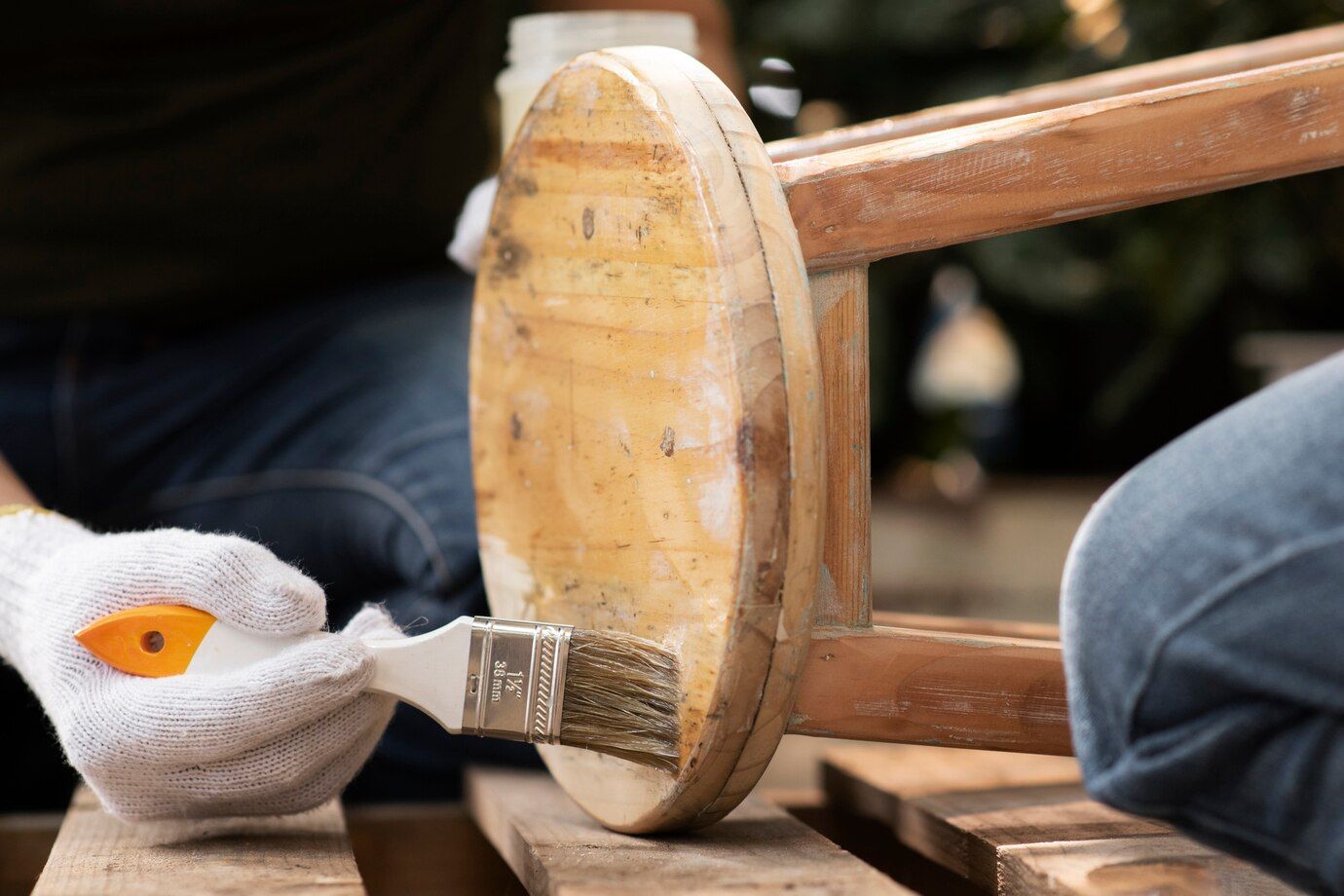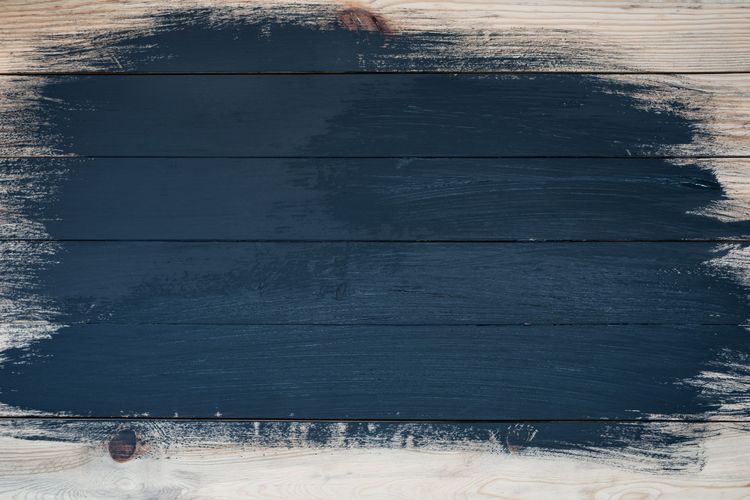What is wood impregnation and why it is needed

Wood is one of the oldest and most versatile building materials and has been used for centuries. But how to preserve its natural beauty and durability for years to come? The answer is simple - wood impregnation. It is not just another layer of protection, but a key element that helps wood resist time, moisture, insects and other aggressive influences. In this article, we will look in detail at what impregnation is, how it works and why you can't do without it if you want your wood to serve you well for many years.
Wood impregnation: basic functions
Wood impregnation is an indispensable means of protecting wood products from external influences, which allows to significantly extend their service life and preserve their pristine appearance. The use of impregnation is an important step in the care of wooden structures, whether it is furniture, floors, house facades or fences. Let's consider the main functions of impregnation and its importance for the protection of wood.

- Moisture Protection. Wood is a porous material that readily absorbs water. If not properly protected, moisture can penetrate the wood structure, leading to swelling, rotting and even destruction. Impregnation creates an invisible barrier on the surface of the wood that prevents water from penetrating the fibers. This is especially important for outdoor structures exposed to rain and snow, as well as for rooms with high humidity, such as baths and saunas.
- Resistance to insects and microorganisms. Wood is a natural habitat for many insects and microorganisms that can destroy it from the inside. An impregnation with antiseptic properties helps to effectively control pests such as grubbing beetles and termites, as well as prevent the development of mold, fungi and bacteria. This is especially important for wooden structures located in regions with warm and humid climates, where the risk of biological deterioration of wood is particularly high.
- Increased mechanical strength. Some types of impregnations penetrate deep into the structure of wood, strengthening its fibers and making the material more resistant to mechanical damage. This is especially true for floors, furniture and other objects that experience constant stress. Impregnation helps to avoid cracks, chips and other damage that can occur during long-term use of wooden products.
- Protection from ultraviolet rays. Direct exposure to sunlight can adversely affect the appearance of wood - it begins to fade, loses color saturation and can dry out, which leads to cracking of the surface. Impregnations with UV filters block the harmful effects of UV light, preventing fading and providing long-term protection for the color and grain of the wood. This is especially important for outdoor wooden structures - terraces, house facades and garden furniture, which are constantly exposed to the sun.
- Preservation of aesthetic appeal. One of the key functions of impregnation is to improve the appearance of wood. Impregnation not only protects, but also emphasizes the natural texture and pattern of wood, giving it a noble and well-groomed look. Some impregnations contain pigments that can slightly tint the wood, emphasizing its natural shade or giving it the desired color. This makes it possible to achieve harmony with the environment or to create an original design without losing the natural appeal of the wood material.
- Extended service life. Thanks to protection against moisture, insects, microorganisms and sunlight, the impregnation significantly extends the service life of wooden structures. This is especially important for objects that are impossible or extremely difficult to replace, such as load-bearing beams, roof structures and supports. Timely treatment with impregnation helps to avoid costly repair or replacement of structural elements.
Thus, the use of wood impregnation is not just an additional measure for the care of wooden products, but a necessary protection that allows you to maintain their durability and aesthetic appearance for many years. No matter where wood is used - in the interior or outdoors - the right impregnation provides comprehensive protection from all possible factors that can adversely affect the condition of wood.
When and how to use wood impregnation
Wood impregnation is an important step in the care of wooden products and structures, providing them with the necessary protection and durability. It is important to know exactly when to apply impregnation, as well as to properly organize the process of its application to achieve the best results.

Impregnation should be applied to wood both at the production stage and during the use of wooden structures. For new products, impregnation treatment helps to prevent the first signs of moisture and biological destructors, which can start to take effect from the very beginning of use. In the case of already used structures, regular impregnation treatment extends their service life, restores their protective properties and maintains their aesthetic appearance. Particular attention should be paid to impregnation of wooden elements located outdoors or in high humidity conditions, such as fences, terraces, house facades and garden furniture. In such conditions, wood is exposed to intense moisture, sunlight and temperature fluctuations, which requires regular protection.
The impregnation process should be carried out in favorable weather conditions, when there is no risk of rain and high air humidity, which promotes uniform absorption of the product into the wood. Before applying the impregnation, the surface of the wood should be thoroughly prepared: cleaned of dust, dirt, old layers of coating and treated with sandpaper to ensure better adhesion of the impregnation. It is important to choose the right type of impregnation depending on the purpose of the wood and its operating conditions. The impregnation can be applied with a brush, roller or sprayer, ensuring uniform coverage of all surfaces and corners. After application, the first layer should be allowed to dry completely, and then, if necessary, apply additional layers to strengthen the protection.
Regular maintenance and timely application of impregnation will keep your wood in excellent condition, prevent degradation and preserve its natural beauty for years to come. Thus, understanding the proper timing and methodology of impregnation application is a key factor in the effective care of wood products and structures.



